Understanding the Legal Status of CBD Flower: A State-by-State Analysis
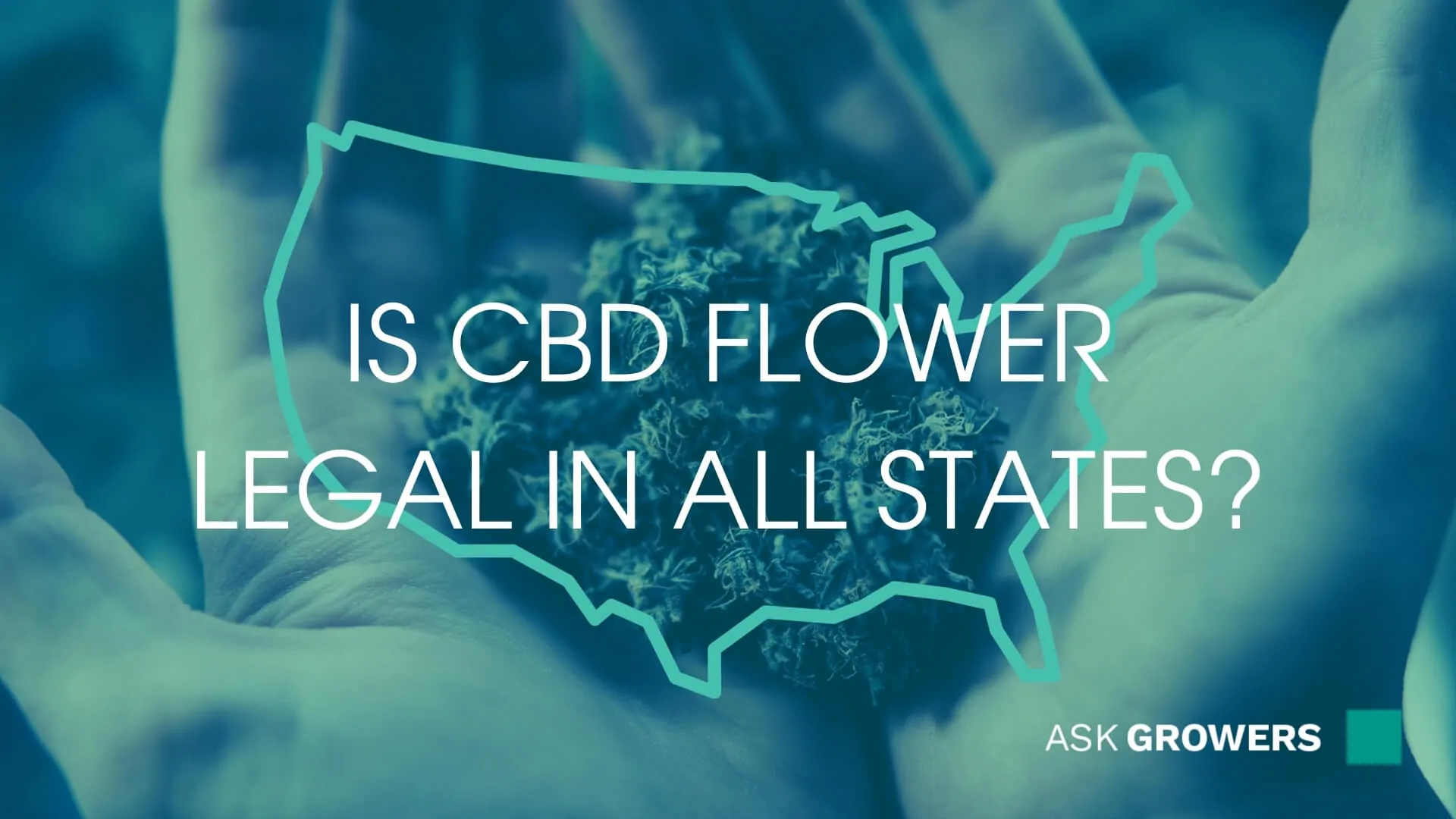
When you want to start consuming cannabis, there’s something you should do first: get informed about its legality in your state. When it comes to weed with THC contents, most people are aware that only a few states in the US allow its use (Washington, California, Oregon, Nevada, and a few others). The situation is different with cannabidiol products derived from the hemp plant. Its legality is more liberal, but there are rules that you have to keep in mind.
Let’s talk about the legality of CBD flower in the USA, so we’ll stay on the safe side when using it.
Is Hemp the Same As Marijuana?
There is a difference between the two plants. They are not distinct species, but there are differences in terms of the THC contents in their composition.
When harvested and dried, industrial hemp contains insignificant levels of THC (tetrahydrocannabinol). In most cases, the contents of THC is measured below 0.3%. This is the chemical in weed that’s responsible for its psychoactive properties. CBD (cannabidiol), on the other hand, is present in higher concentrations in industrial hemp. That’s what defines industrial hemp as medical marijuana, and affects its status of legality.
When we use the term marijuana, we identify it as the weed that gets us high. This plant has a barely measurable concentration of CBD, but the levels of THC are significantly above those of industrial hemp. The THC concentration can go above 25%. That means that the weed is potent enough to get you high in a matter of minutes.
Industrial hemp is cultivated for cannabidiol products, as well as for seed and fiber. After the plant is harvested, dried and cured, the flower is its most valuable product, since it contains the highest CBD levels.
Read Also: Battle Of Cannabinoids: THC Versus CBD
Do You Get High Off CBD Flower?
No; hemp flowers do not make you high as long as they don’t have THC above the level of 0.3%. It does have health benefits, especially for people with depression, anxiety, and body pains. Researchers found that it interacts with CB2 receptors in an indirect way, which leads to a decrease of inflammation in the brain.
To understand why cannabidiol doesn't make us high, it’s best to start with a brief explanation: how does our endocannabinoid system work? It’s important for regulating the function of our immune, endocrine, and brain tissues. There are two types of endocannabinoid receptors (neurons): CB1 (mostly in the brain) and CB2 (mostly in the immune cells, thymus, tonsils, and spleen). THC directly binds to the receptors, thus affecting the body and mind.
Cannabidiol still interacts with the endocannabinoid system. However, it doesn’t bind to the receptors. Instead, it indirectly modulates them. That’s why it has a therapeutic effect without any psychoactive properties. It’s why we have an opportunity to enjoy legal CBD in most states.
Is Hemp Flower Legal to Use?
The Agriculture Improvement Act of 2018 made a big difference in how hemp is treated as a substance around the USA. This Farm Bill made CBD legal on a federal level. It liberalizes the use of cannabidiol products, but not of pot with significant THC levels.

However, all 50 states have the right to impose their own regulations regarding the status of medical marijuana. For hemp to be legal under this bill, it has to measure less than 0.3% of THC in its composition when it’s dried. Since the introduction of the bill, CBD products have become legal in most states. However, some still ban selling and use of medical cannabis.
Depending on where you’re located, the use of hemp flowers may be confusing. That’s why it’s important to do your research and see what the specific regulations are.
Current Hemp Flower Laws (State vs. Federal)
Although the use of CBD for medical purposes is federally approved, there are differences in its legal status from state to state.
Recreational cannabis with significant THC content is illegal across the USA, with the exception of only 15 states. Cannabidiol has a different status, with more and more states moving towards its legalization.
In general, we can categorize in all states three groups: legal states, gray states, and illegal states. Here’s a detailed table to help you understand the status of cannabidiol in your location:
In the green zone of legal state, the use of any type of cannabidiol oil is allowed. Even marijuana-sourced CBD is not prohibited, as long as the THC level is under control. Other states allow the use of CBD oils, but under strict regulations regarding their origin. This is the so-called gray zone. Only one state (Idaho) hasn’t made any adjustments in its restrictive approach towards medical marijuana. Both houses passed a bill for legalizing CBD oil in 2015, but the governor imposed a veto.
| States Where CBD Is Completely Legal | Gray States (CBD Is Allowed, but Under Strict Regulations) | States Where CBD Product Use Is Illegal |
| California (medical cannabis has been fully legal since 1996) | Alabama (CBD products with less than 0.3% THC are legal for smoking and possessing) | Idaho |
| Oregon (legalized with the Oregon Medical Marijuana Act in 1998) | Georgia (edibles and dietary supplements are illegal; only CBD oil with no more than 5% is allowed) | South Dakota (CBD products are illegal at the moment, but new legislation will enter into force in July, 2021. Both medical and recreational cannabis will be allowed for use) |
| Maine (legal since 1999) | Indiana (legal CBD oil with THC concentration lower than 0.3%) | |
| Nevada (legal since 2000) | Iowa (legal CBD oil with no more than 3% THC) | |
| Vermont (legal since 2004) | Kansas (legal CBD oil with zero traces of THC) | |
| Rhode Island (legal since 2006) | Kentucky (only CBD oil is allowed) | |
| New Mexico (legal since 2007) | Nebraska (CBD oil with no more than 0.3% THC is legal) | |
| Michigan (legal since 2008) | North Carolina (no edibles and dietary supplements; only CBD oil is legalized) | |
| Arizona (legal since 2010) | South Carolina (legal cannabis oil with no more than 0.9% of THC) | |
| Hawaii (since 2010) | Tennessee (legal cannabis oil with no more than 0.9% of THC) | |
| New Jersey (legal since 2010) | Texas (legal oil with 10% or more CBD and no more than 0.5% of THC) | |
| Delaware (since 2011) | Virginia (legal CBD oil under the threshold of 5% THC) | |
| Colorado (since 2012) | Wisconsin (only CBD oil is allowed) | |
| Connecticut (since 2012) | Wyoming (only CBD oil is allowed) | |
| Massachusetts (legal since 2012) | ||
| Washington (legalized in 2012) | ||
| Illinois (since 2013) | ||
| New Hampshire (since 2013) | ||
| New York (since 2014) | ||
| Alaska (since 2014) | ||
| Maryland (legal since 2014) | ||
| Minnesota (since 2014) | ||
| Mississippi (since 2014) | ||
| Missouri (since 2014) | ||
| Utah (legal since 2014 for treating epilepsy; legal since 2018 for terminally ill patients) | ||
| Louisiana (since 2015) | ||
| North Dakota (since 2015) | ||
| Oklahoma (legalized for children with epilepsy from 2015; fully legal since 2018) | ||
| Arkansas (since 2016) | ||
| Florida (since 2016) | ||
| Ohio (legal since 2016) | ||
| Pennsylvania (legal since 2016) | ||
| West Virginia (legal for specifically listed medical conditions since 2017) | ||
| Montana (legal since November 2020) |
Conclusion
It’s great that the laws by state regarding industrial hemp have been liberalized. Not every state was fast enough to allow its citizens to rely on CBD products, but we’re moving towards the direction of complete legalization of hemp flower.
Sources
https://www.health.harvard.edu/blog/cannabidiol-cbd-what-we-know-and-what-we-dont-2018082414476
https://www.livescience.com/24553-what-is-thc.html
https://www.ers.usda.gov/agriculture-improvement-act-of-2018-highlights-and-implications/
https://www.labroots.com/trending/videos/12752/thc-binds-cannabinoid-receptors-brain

 Guides
Guides
 CBD
CBD
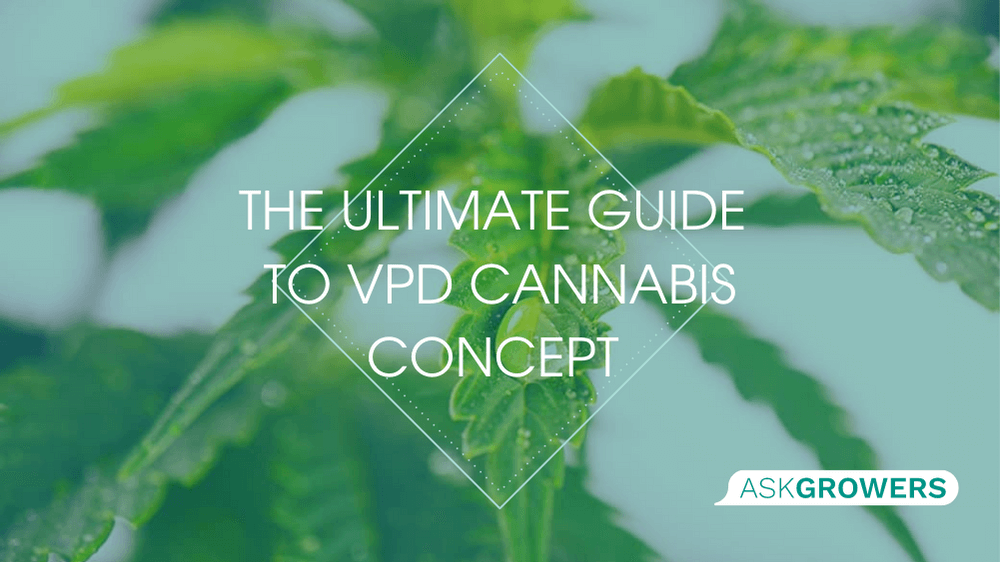

.png)
.png)
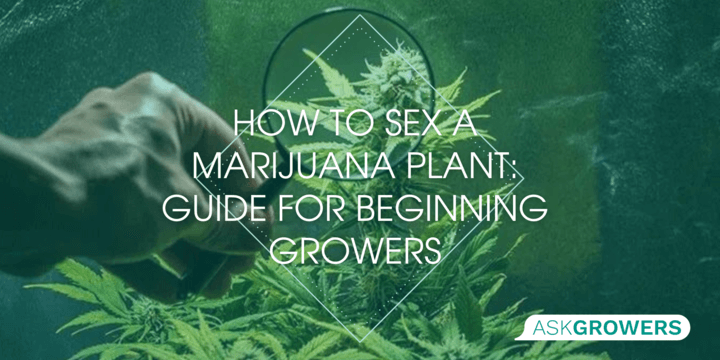
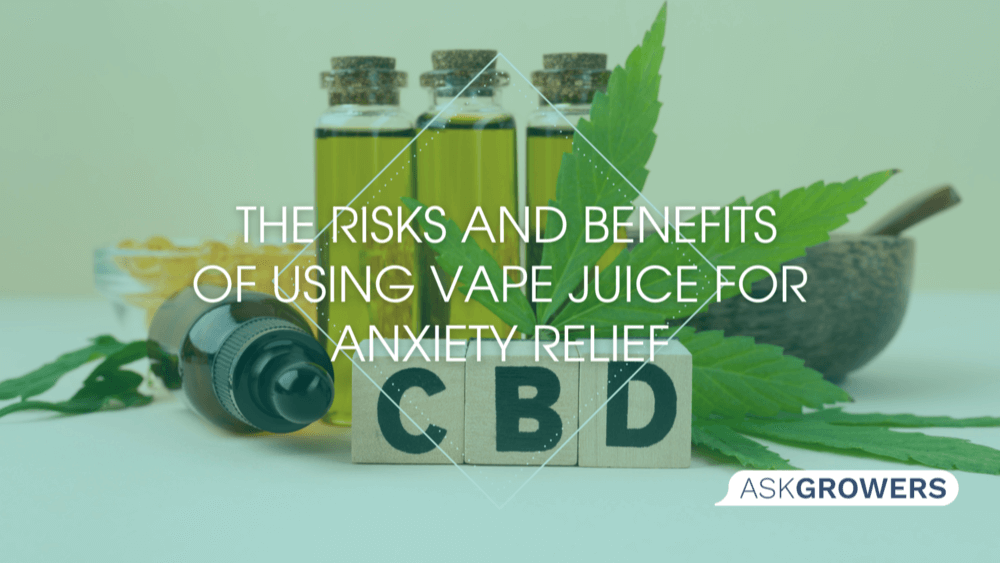
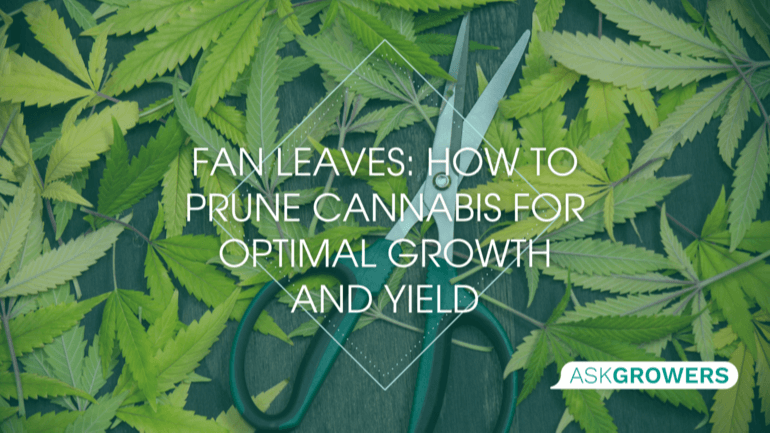
 (1).png)

.jpg)
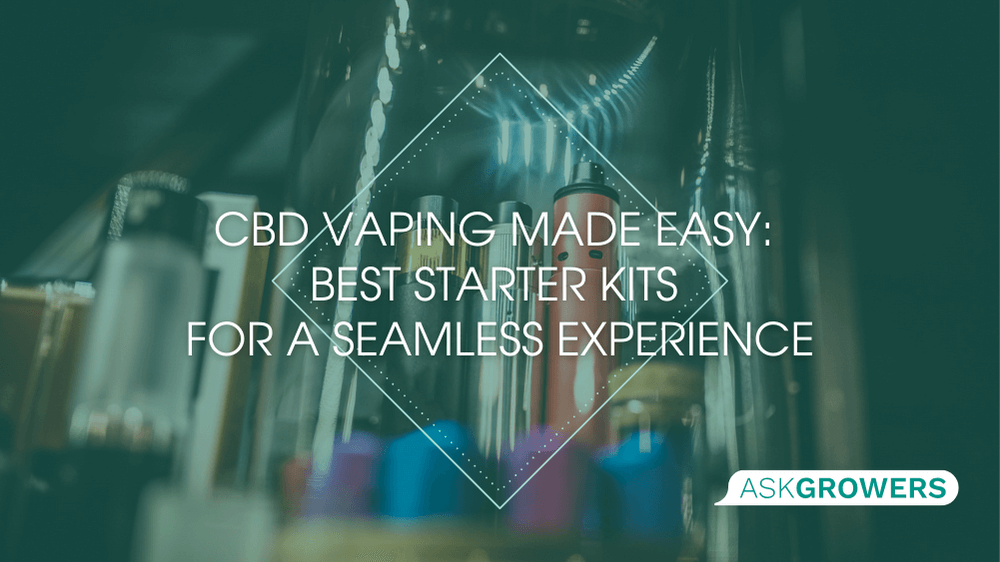




Be the first and share your opinion
Write a Review